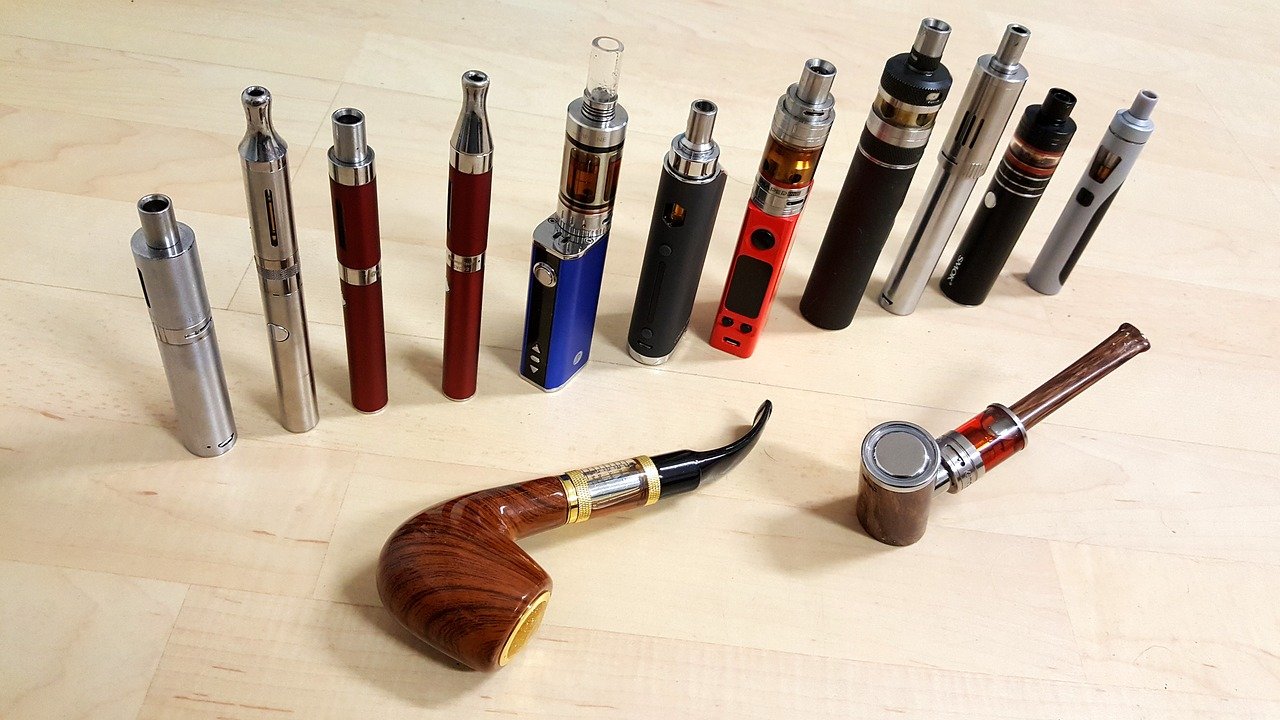In October, Journal of the American Medical Association published a study that claimed e-cigs were not an aid to help smokers stay off combustible cigarettes. That led to a press release claiming that vaping nicotine actually made former cigarette smokers “more likely to relapse.” This was then picked up widely by vaping opponents and mainstream media.
There is overwhelming evidence that vaping is an effective tobacco harm reduction tool and quitting aid.
Not only did the takeaways from the JAMA study misrepresent its actual findings, but the study itself was flawed. In a field where misinformation is rife, it’s worth looking into how this happened.
To begin with, the study didn’t find e-cigs uniquely ineffective at preventing recurrence of cigarette use. Instead, it found that former smokers who switched to any “tobacco product”—a category deemed in this case to include e-cigarettes, but not limited to them—were 8.5 percent more likely to resume cigarette use over the next year compared to former smokers who didn’t use any product at all.
When it comes to e-cigarettes specifically, the authors wrote: “Results for those who switched to any e-cigarette use compared with those who were tobacco-free were not statistically significant.”
“It was deliberately pushed, appearing everywhere. Current media bias is profound.”
And yet, in the press release, first author and UC San Diego Professor John P. Pierce described the findings like this: “Switching to e-cigarettes made it less likely, not more likely, to stay off of cigarettes.”
This message was then “deliberately pushed, appearing everywhere,” Dr. Charles Gardner, executive director of INNCO (International Network of Nicotine Consumer Organizations), told Filter. “Current media bias is profound.”
Second, the study defined “relapse” as just one to two puffs of a cigarette in a 12-month period. Other studies define abstinence as something more along the lines of smoking no more than five cigarettes in two weeks after the target quit date. Many also assess reductions in cigarette use, which the JAMA study did not.
“We know that, within the US, lung cancer rates have been coming down quite quickly since the late 1980s,” Pierce told Filter. “However, no one has yet shown that reducing the number of cigarettes smoked, without quitting entirely, is associated with reduced health effects.”
There is ample evidence that suggests that tobacco, like all harmful substances, has a dose-dependent effect. Reduction in cigarette smoking is associated with reduced morbidity—and among dual users, more frequent vaping is associated with greater decreases in cigarette smoking.
“Smokers are known to be able to titrate the amount of nicotine (and tar) they get so that a reduction in the number of cigarettes does not necessarily mean a reduction in nicotine (or tar),” Pierce responded. “I agree that this is an important question that needs to be addressed.”
Crucially, the study mischaracterized harm reduction.
The study’s categorization of e-cigarettes as “tobacco products,” placing them in the same category as cigars, cigarillos, filtered cigars, pipes, hookah, snus or smokeless tobacco, would also strike many as misleading. Nicotine vapes contain no tobacco, although the nicotine within them is typically (but not always) derived from tobacco. This categorization—if the logic were followed, it would also class nicotine replacement therapy patches and gums as “tobacco products,” which it doesn’t—has become normalized in the United States, despite efforts at pushback.
“In the US, the FDA classifies e-cigarettes as a tobacco product,” Pierce said. “It seems that the UK and the US authorities read the evidence differently.”
Perhaps more substantively in terms of this study, it included no group for those who didn’t use e-cigs and instead exclusively used other non-cigarette “tobacco products,” both combustible and noncombustible. It would seem a key distinction.
Crucially, the study mischaracterized harm reduction.
“The potential for harm reduction with e-cigarettes requires that those attempting to quit successfully switch completely away from cigarettes,” the authors wrote in the study, ”and not become dual-product users.”
If someone is using fewer cigarettes, then they are effectively reducing the associated harms. Research shows that rather than portraying dual use of combustible cigarettes and vapes as problematic, it would be more appropriate to consider it as a journey toward smoking reduction and cessation.
Quitting or recovering from any harmful behavior is not a linear path and recurrence of use is a part of the recovery process. Harm reduction is about cutting risks on a spectrum that includes both abstinence and continued use. In a nicotine context, that may mean quitting all nicotine, smoking fewer cigarettes, or replacing some or all cigarette smoking with lower-risk alternatives.
The evidence is still clear: E-cigs are an effective tobacco harm reduction intervention for cigarette smokers, and should be offered in the THR toolbox alongside other options. In the United Kingdom, which sees this issue very differently from the FDA, vapes will soon be prescribed to smokers through the National Health Service.
Photograph via Pixabay
Both INNCO and The Influence Foundation, which operates Filter, have received grants from the Foundation for a Smoke-Free World.





Show Comments